Why do we remember artists? What separates Vincent van Gogh or Rembrandt from some poor sod who poured their life’s essence onto a canvas but was lost to time and obscurity?
Sometimes it’s a collector or an important curator who rescues artists from the dustbin, who says, “Hey! This stuff is important, and here’s why.” Sometimes it’s as simple as someone saying, “Look at this.”
Anna Wong was born in Vancouver in 1930. As a young woman she was placed in charge of her 10 brothers and sisters while her parents were travelling. To keep her siblings from tearing the house apart, she taught them art.
She worked at her family’s business, Modernize Tailors in Chinatown, and took night classes at the Vancouver School of Art, now known as the Emily Carr University of Art + Design.
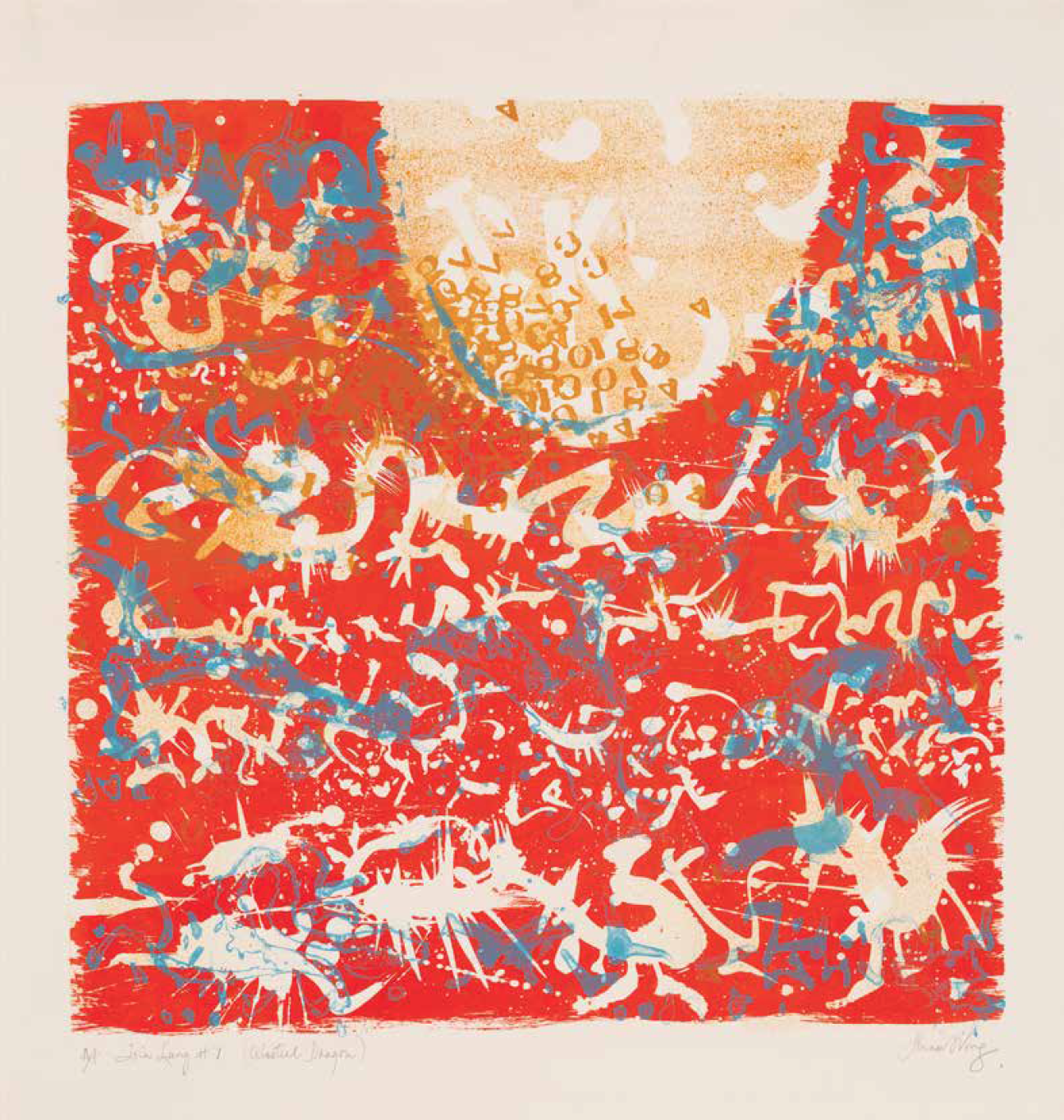
After winning an award she travelled to New York City, where she found a tiny apartment in Union Square, got a job at the Pratt Graphics Center, and taught printmaking for the next 20 years.
All the ordinary facts of Wong’s life and education feed into what she made — paintings, prints, and drawings. But at some point some ineffable other thing came into play. That thing is harder to summarize or understand, and that is also its glory.
Art is weird stuff, and even artists themselves are hard-pressed to say exactly where the heck it comes from, why it demands to be born and, most importantly, why it cleaves the soul in two.
Wong, who died in 2013, was not much interested much in self-promotion and as a consequence she has been somewhat unrecognized in the Vancouver art scene. Curators Ellen van Eijnsbergen and Jennifer Cane from the Burnaby Art Gallery set out to remedy this oversight with an exhibition of Wong’s work, some 70 pieces, entitled Traveller on Two Roads.
The show recently wrapped up at the Burnaby Art Gallery and is now headed out on a cross-Canada tour. Created in tandem with the show is a book that details Wong’s life and work in ravishing colour plates, featuring essays from Keith Wallace and Zoë Chan among others.
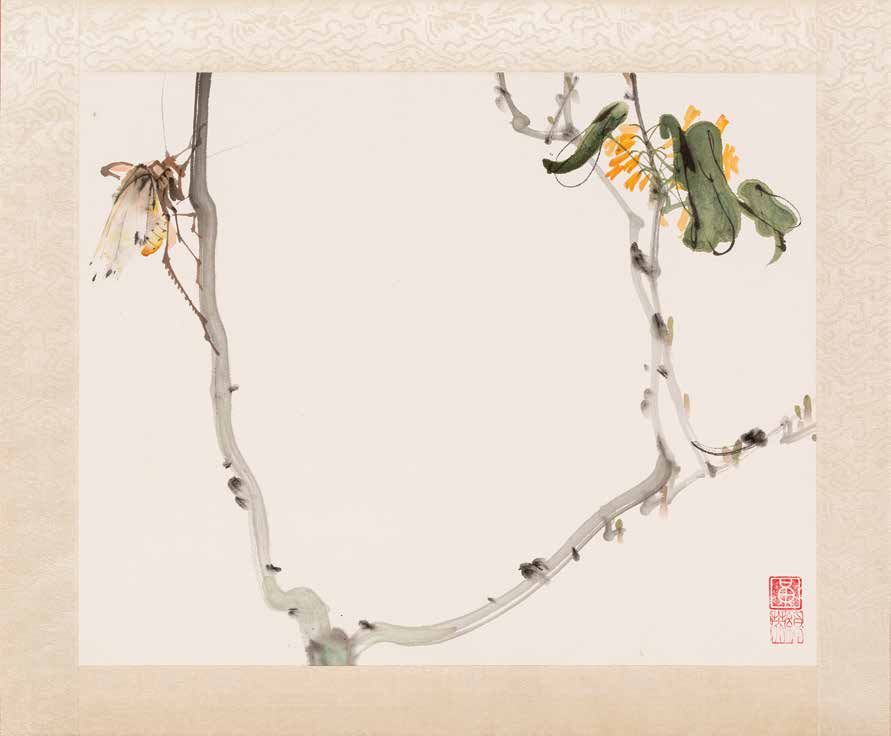
A gentle reminder of artistry
It’s hard to describe the effect of a work when you get up close and personal with it.
Anyone who has ever trooped through the Louvre and pushed their way through the clots of tourists to get a glimpse of the Mona Lisa knows that feeling of realization, “Aw shit, that’s what all the fuss is about: the damn thing is alive.”
I recently had the experience of seeing Marking the Infinite, a new exhibition at the Museum of Anthropology that made me want to lick the surface of the canvases, such was their gorgeous, delectable use of colour.
While it’s not generally a good idea to tongue artwork, it is important to see the stuff in the flesh, to cart you body and soul down to the gallery and get as close as you can (before security steps in).
If you can’t do that, the next best thing is to look at Wong’s work here, assembled at The Tyee for your eyeball pleasure.
Traveller on Two Roads includes many of Wong’s most seminal works, including the Weed Series, made during her time at Pratt and filled with images plucked from the natural world — dandelions, maple leaves, dragonflies and bumble bees. In addition to her print work, Wong fashioned 11 quilts that made use of the skills she gained while working at Modernize Tailors.
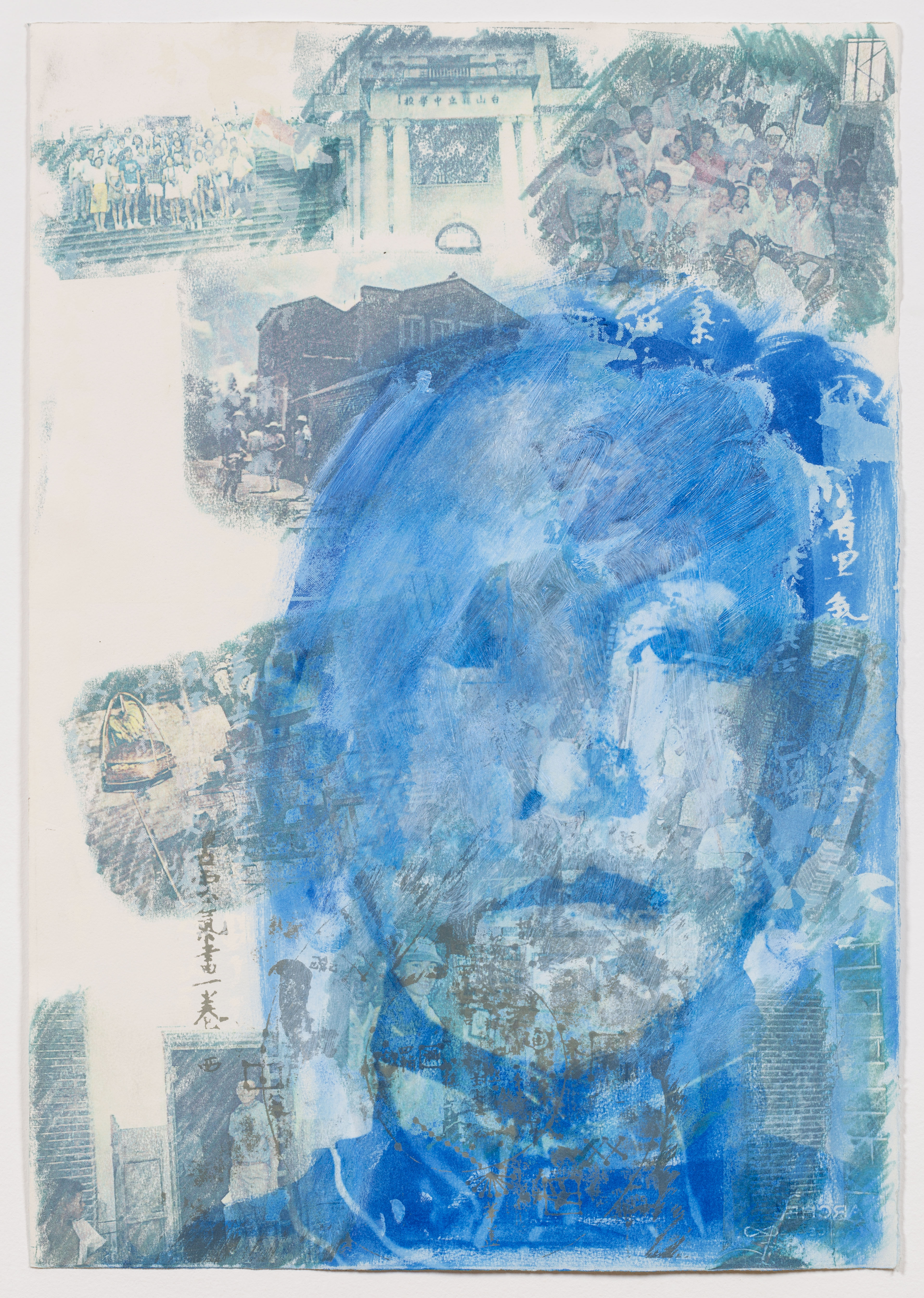
The exhibition also includes a collection of objects from Wong’s studio — a pig’s head from a family BBQ and tchotchkes from her many trips to China. It is humble stuff, but also strangely imbued with the eye of the artist, who asks that you look again, look closer and see what is truly exquisite about a dandelion.
In an excerpt from one of her journals, Wong wrote that her process was to “elucidate ‘moments in time’ when one grasps intuitively the complexity and paradox of existence and nature. To push beyond the obvious, to investigate and attempt to understand that realm beyond the apparent is an adventure I find exciting and rewarding.”
When she returned to her B.C., Wong built a cabin on Quadra Island and started making the work that would establish her as one of Canada’s master printmakers. Maybe because she wasn’t much interested in fame, or perhaps because she was a woman of colour, but Wong has not been given the attention she deserves.
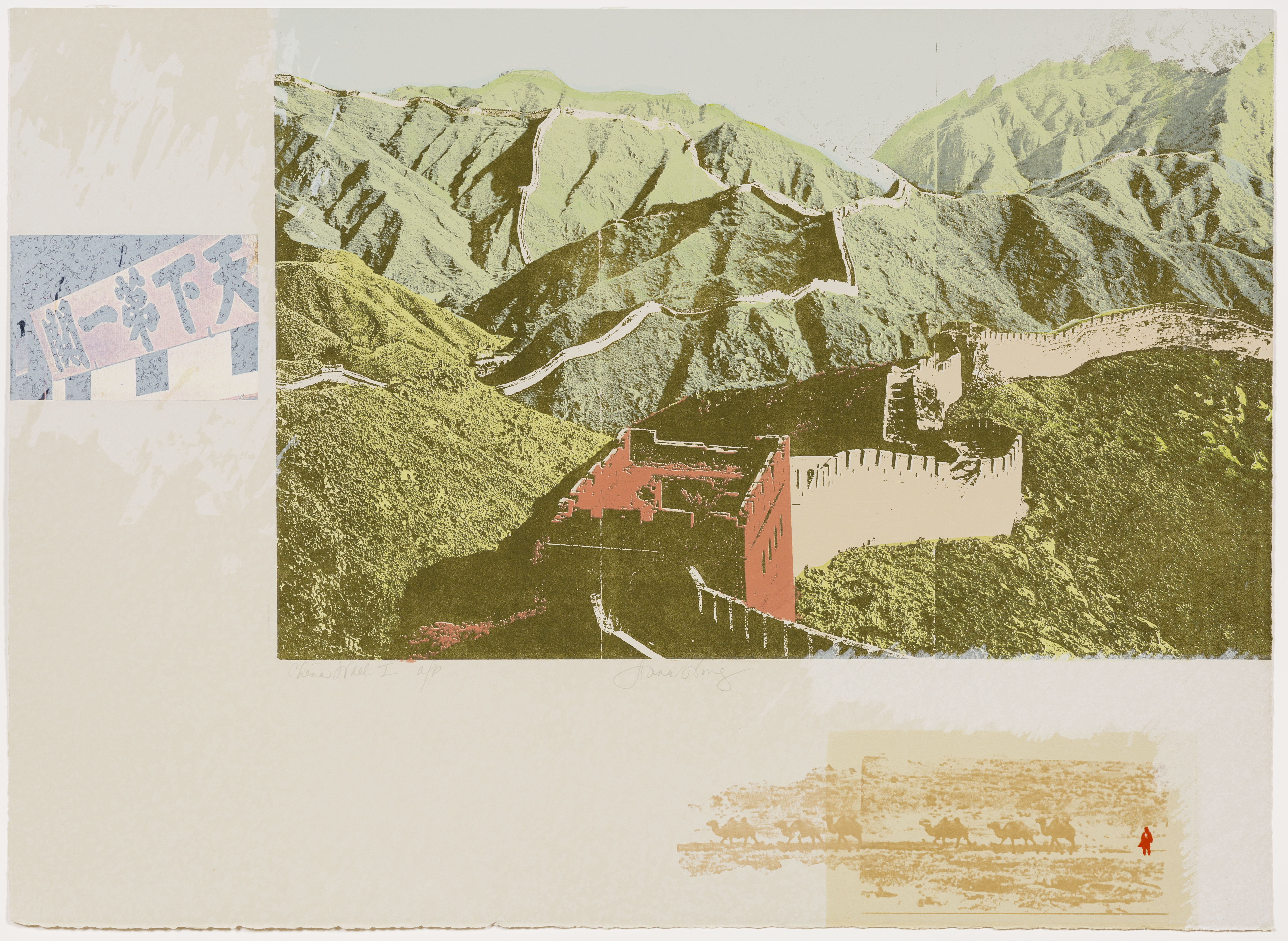
There are also weirder forces at work. For every Yayoi Kusama, another woman artist who fought ferociously for recognition, there is a Richard Hambleton, a painter who rose to giddy heights of celebrity and then fell Icarus-like into addiction and obscurity. The vagaries and caprice of the art world have become so extreme that it almost generates a kind of mania, much of it fuelled by money.
Wong’s work is gentle reminder that great artists make work not for fame or money, but simply because they have no other way of being in the world. ![]()




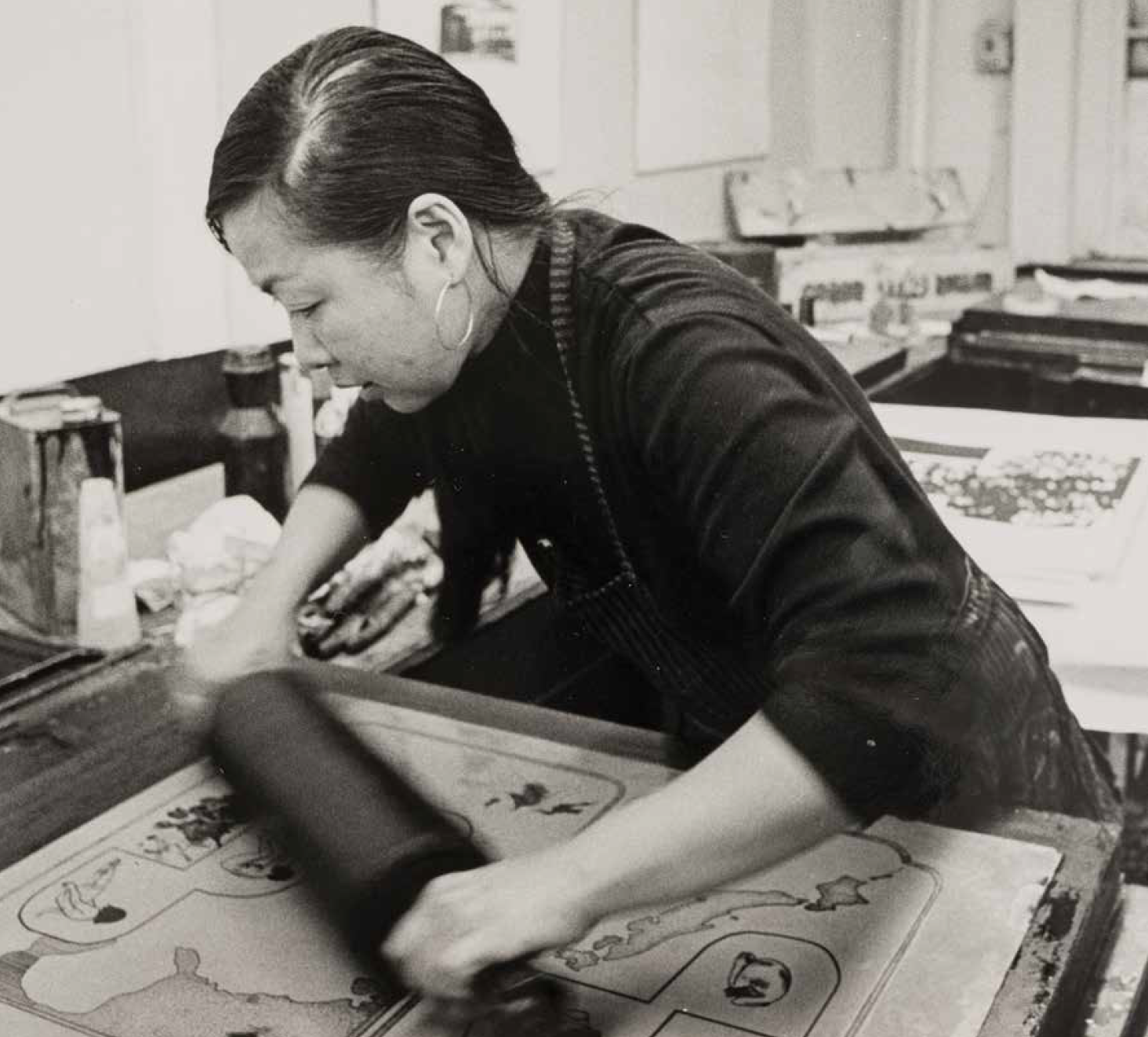












Tyee Commenting Guidelines
Comments that violate guidelines risk being deleted, and violations may result in a temporary or permanent user ban. Maintain the spirit of good conversation to stay in the discussion.
*Please note The Tyee is not a forum for spreading misinformation about COVID-19, denying its existence or minimizing its risk to public health.
Do:
Do not: